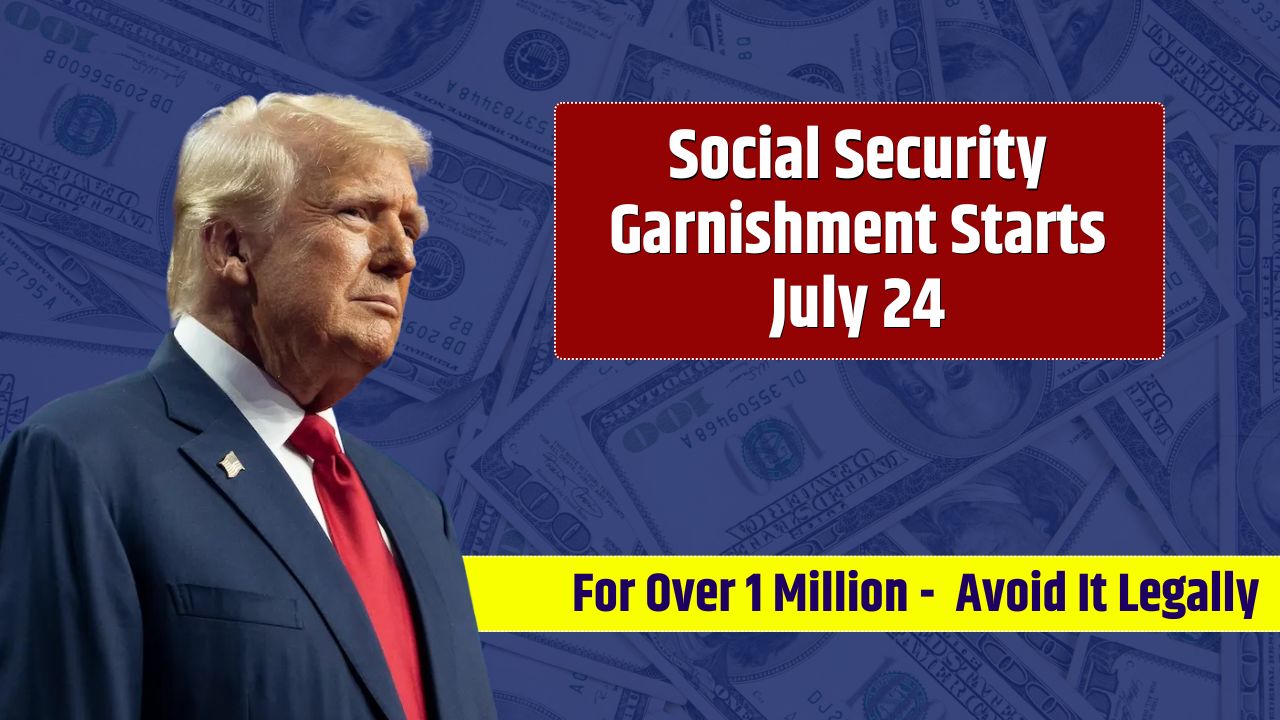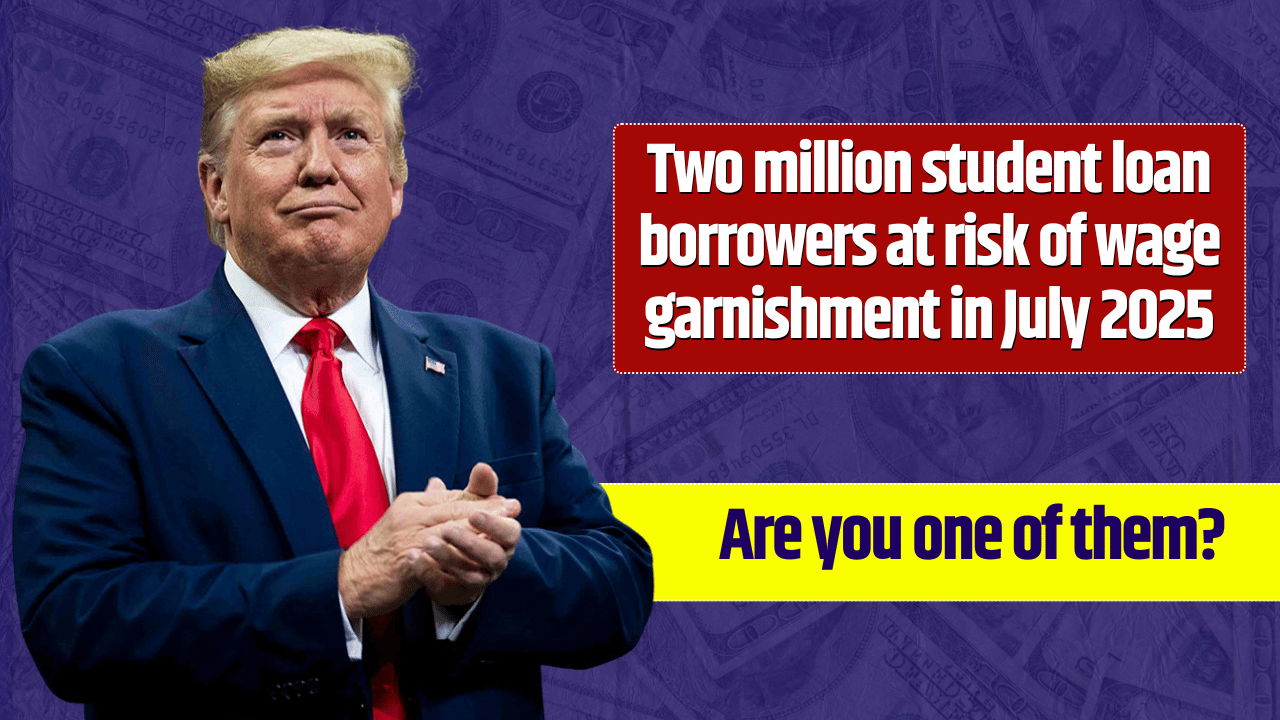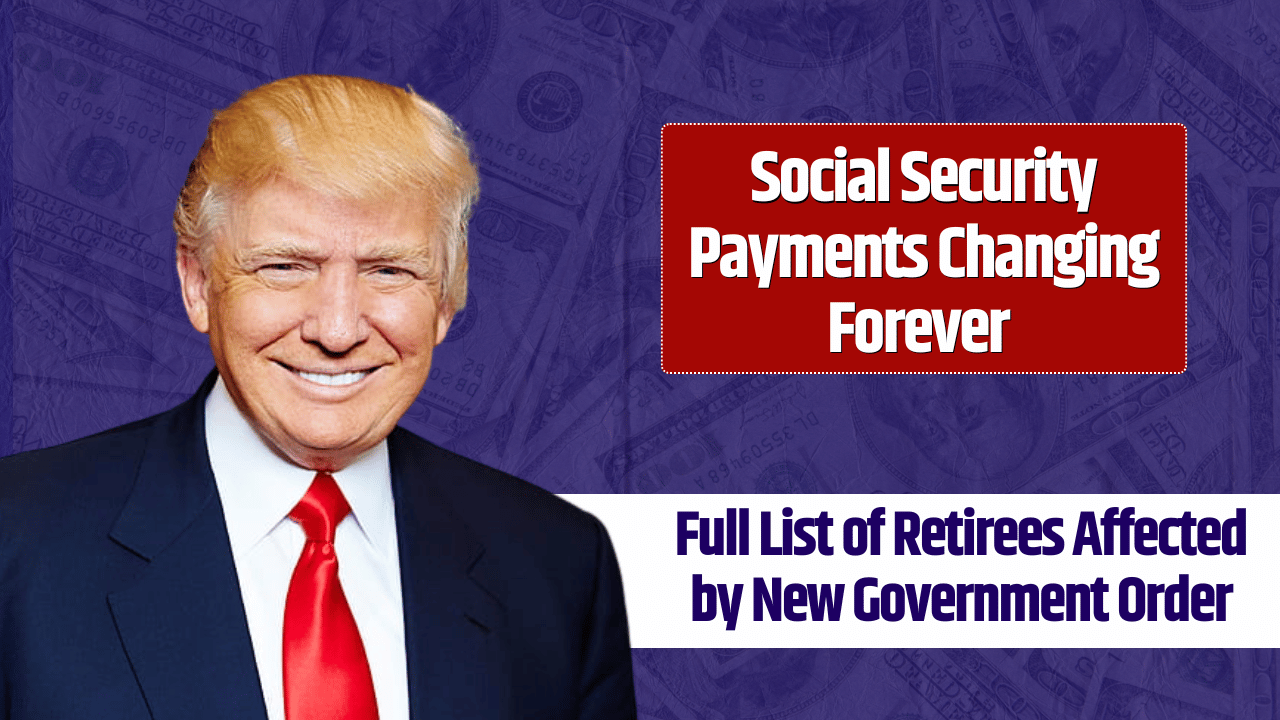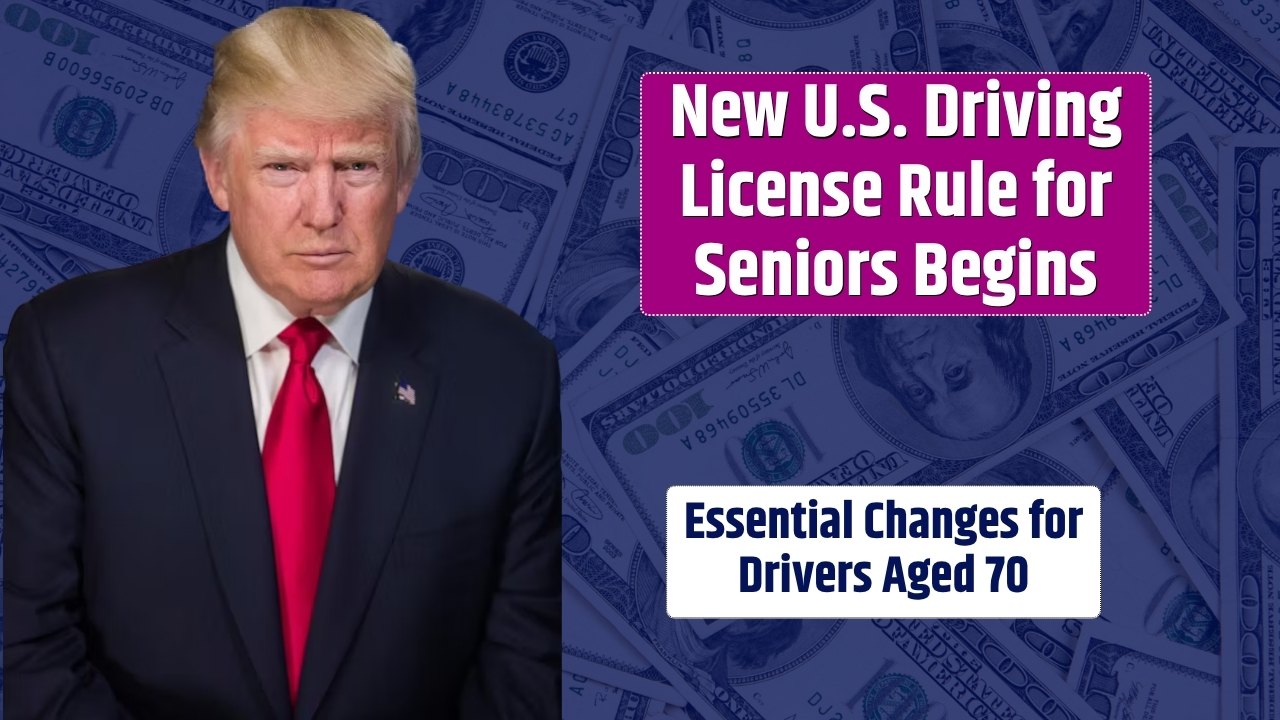Millions of retirees depend on Social Security as their primary source of income. But now, more than 1 million beneficiaries are at risk of seeing a significant cut in their monthly checks, thanks to policy changes initiated under President Donald Trump’s administration. These changes target overpaid recipients and those with delinquent federal student loans, creating financial uncertainty for many who rely on these benefits for daily living.
Let’s break down what’s happening, what it means, and how affected recipients can respond.
Table of Contents
Trump-Era Social Security Policy Changes in Focus
Since taking office, President Trump introduced several changes aimed at improving the efficiency of the Social Security Administration (SSA). Some of the early actions included:
- Transitioning to fully digital payments by September 30, 2025
- Enhancing two-factor authentication for secure account access
- Appointing Frank Bisignano, former Fiserv CEO, as SSA head
- Cutting 7,000 jobs and closing SSA offices based on recommendations from the Department of Government Efficiency (DOGE)
But two changes stand out for their direct financial impact on beneficiaries: student loan garnishments and overpayment clawbacks.
Garnishment for Federal Student Loan Delinquency
Starting in summer 2025, the Trump administration will reinstate 15% garnishments on Social Security payments for over 452,000 retirees who are behind on federal student loans. While legal under current laws, critics argue it unfairly burdens seniors who may be struggling to make ends meet.
Increased Garnishment for Overpayments
The bigger story centers around the SSA’s renewed effort to recover $23 billion in overpayments, affecting nearly 2 million Americans. These overpayments happen for two main reasons:
- SSA miscalculations, which can mistakenly send beneficiaries too much money.
- Beneficiary error, such as failing to report income increases that disqualify or reduce eligibility.
Earlier this year, the SSA considered a 100% clawback of overpaid benefits, which drew sharp public backlash. As a result, the administration scaled it back to 50% of monthly payments, effective July 24, 2025. That’s still a steep reduction, especially for retirees who depend on every dollar.
Timeline of Key Events
| Date | Event |
|---|---|
| April 25, 2025 | SSA announces 90-day grace period for overpayment notices |
| July 24, 2025 | Grace period ends; garnishments of up to 50% may begin |
| Sept. 30, 2025 | Paper checks to be phased out completely |
Legal Ways to Reduce or Eliminate Garnishments
If you’re one of the over 1 million affected, there are three legal methods to reduce or stop the clawbacks:
1. Request a Waiver (Form SSA-632BK)
If the overpayment wasn’t your fault and paying it back would cause financial hardship, you can request a full waiver. You’ll need to provide documentation, such as monthly expenses and income.
2. Request a Reconsideration (Form SSA-561)
Use this if you believe:
- You weren’t overpaid, or
- The amount overpaid is incorrect
This form initiates an appeal process. If successful, you could have all or part of your overpayment forgiven.
3. Negotiate a Lower Recovery Rate (Form SSA-634)
If you acknowledge the overpayment but cannot afford a 50% reduction in benefits, this form allows you to propose a smaller repayment amount. You must document your income and expenses, and the SSA may offer a payment plan lasting up to five years.
Why This Matters
According to Gallup, 86% of retirees rely on Social Security for some part of their income. A 50% garnishment can seriously disrupt their financial stability. Though the SSA claims these measures are aimed at program efficiency and fraud prevention, they come at a steep cost to vulnerable beneficiaries—many of whom may not have been aware they were overpaid in the first place.
If you or someone you know might be impacted, act quickly. The deadline to respond is July 24, and the right paperwork could make all the difference in protecting your monthly income.
FAQs
1. Why is the SSA collecting overpayments now?
The SSA is acting on a Trump-era mandate to improve government efficiency and reduce fraud. With $23 billion in outstanding overpayments, the agency is now aggressively pursuing repayments.
2. What if I can’t afford to repay the overpayment?
You can apply for a waiver or a reduced garnishment rate using the SSA forms mentioned above.
Does this affect all Social Security recipients?
No. Only those with overpayments or delinquent federal student loans are affected.
How will I know if I’m being garnished?
The SSA sends out formal notices, giving 90 days to respond or appeal before garnishments begin.
Can I stop the garnishment once it starts?
Yes, but you’ll need to file the appropriate forms and show cause for reconsideration or hardship.














